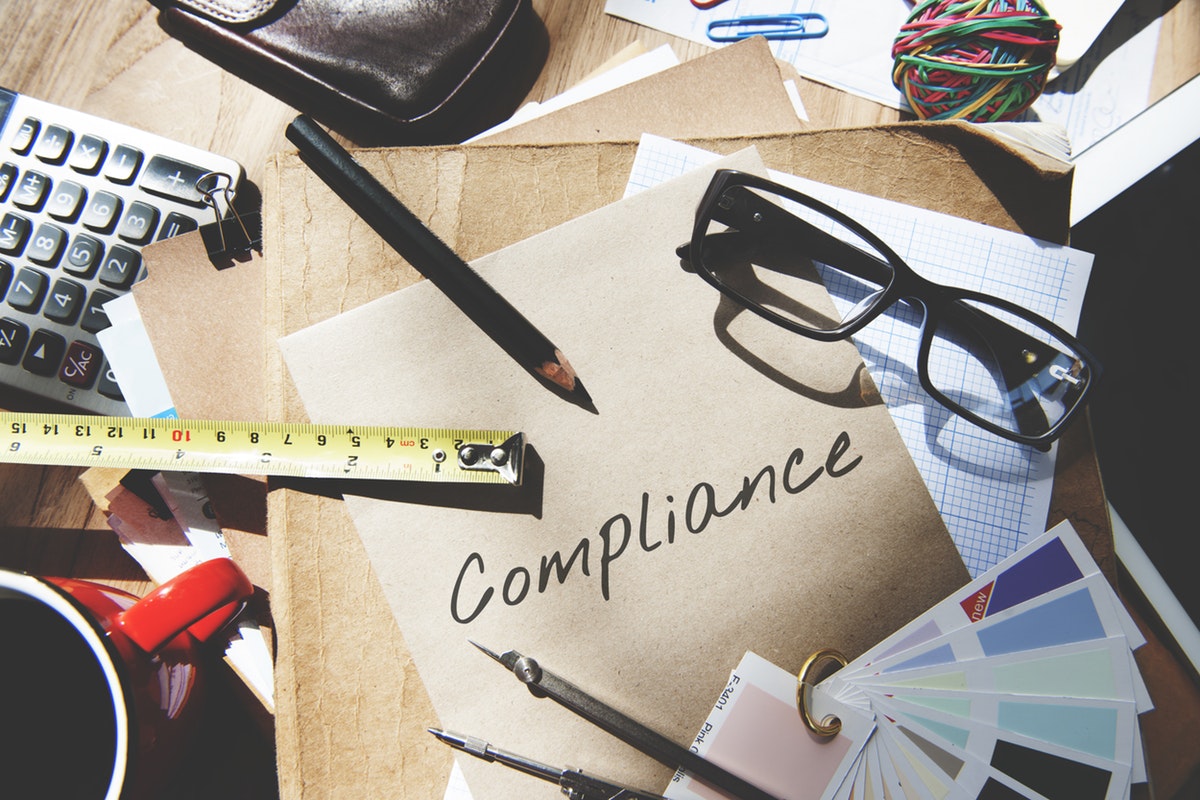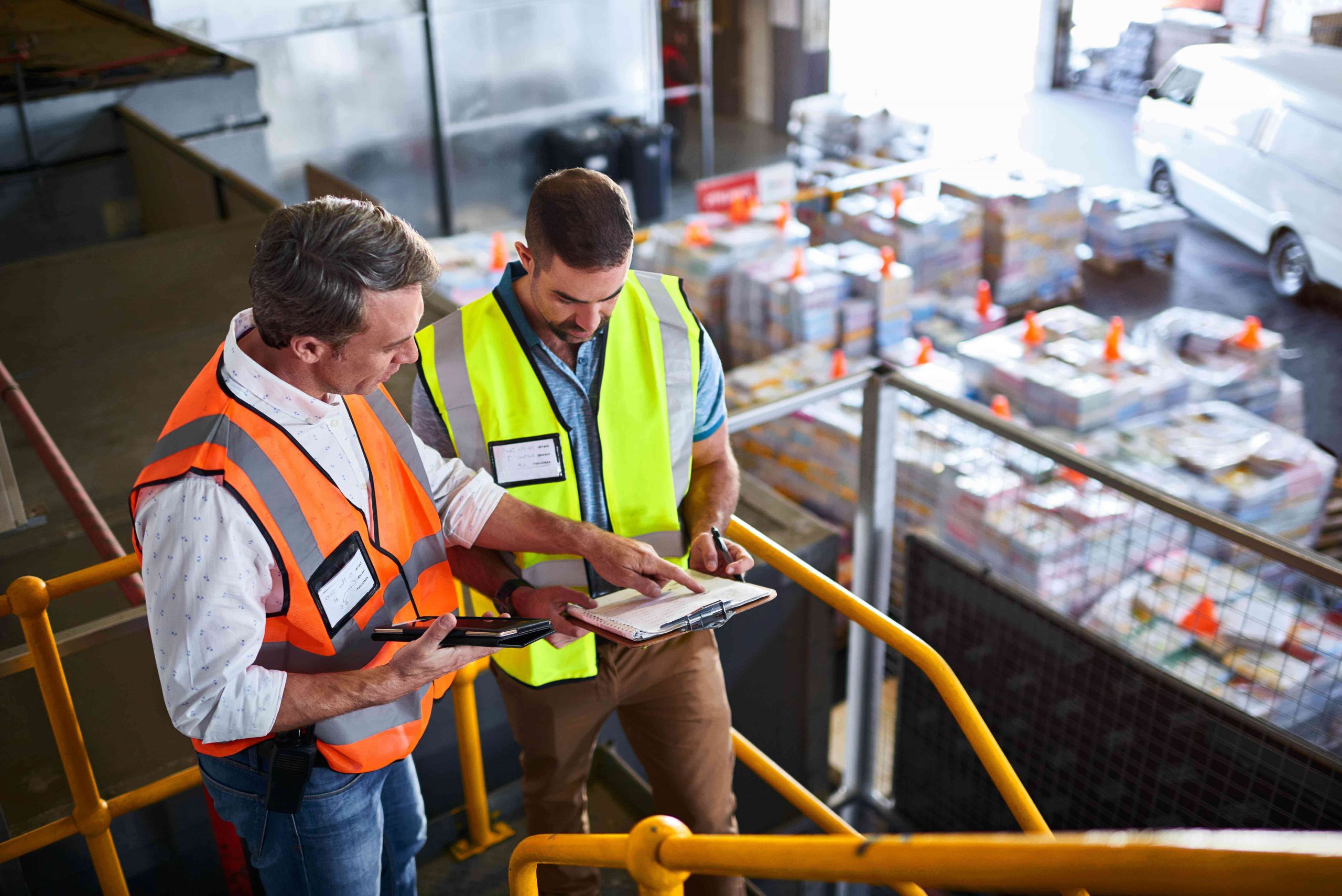BLOG
WorkNest Asks Whether… It’s possible to be 100% compliant 100% of the time
Written by Scott Crichton on 8 February 2022

The word ‘compliance’ crops up a lot in health and safety vernacular. Indeed, many businesses aspire to achieve absolute compliance – in other words, to abide by the requirements laid out by relevant laws, policies and regulations at all times – and this is often viewed as the pinnacle of health and safety success.
In some respects, a focus on compliance is helpful. Having legal parameters to abide by removes an element of guesswork and, arguably, gives employers and health and safety professionals a target to work towards. If you’re ‘compliant’, it’s a good indication that you’re on the right path when it comes to keeping people safe.
But is it possible, or even desirable, to be 100% compliant 100% of the time?
Possible in theory, but difficult to achieve in practice
When it comes to health and safety, situations and risks can change minute by minute. This is what makes remaining in a constant state of compliance so challenging, and some would argue near-impossible.
To be truly compliant, at least in many employers’ eyes, means ‘ticking all of the boxes’, for everything and everyone, all of the time. While this is something organisations should strive for, it is no easy feat. In fact, 79% of the 463 people we polled (predominantly health and safety professionals) said a quest for 100% compliance isn’t realistic and that, while possible in theory (in an audit or policy for example), in practice, there will always be weak points.
There are a number of reasons for this. First and foremost, as one person put it, “there’s always something that throws a proverbial spanner in the works”. While you might have every certificate up to date, be on top of inspections and otherwise do what’s required, sometimes things happen that are beyond our control. A record goes missing, an engineer cancels, something breaks. Just when you think you’re there, you aren’t anymore.
Of course, there’s also the human element of health and safety. Humans aren’t machines, and even if we were, machines also malfunction. So, while we should look to continually improve our systems and culture to minimise the margin for error, we should also accept that error will occur. That’s not to say we should stop striving for compliance. As one commenter put it, “compliance should be a prerequisite for all staff from the top down. That being said, we’re all human, and while health and safety is everyone’s responsibility, it has to be tempered with common sense.”
Similarly, ‘compliance’ also depends on the individual looking at it, and is often difficult to define. Even amongst enforcement officers and professionals in the field, what one person deems to be compliant, another may not. This is, in part, due to the fact that regulation can sometimes leave room for interpretation (the famous example being “reasonably practicable”), leaving it up to individuals to make decisions based on their own perception of the risk. “I am not sure anyone can define it let alone confidently say they have achieved it”, said one commenter.
“No one is ever 100 percent compliant any of the time”, added another. “In fact, if you pull back the peel from the fruit, few companies are even 30 percent”.
Do you need support?
Speak to us for an honest, no obligation chat on:
0345 226 8393 Lines are open 9am – 5pm
Still worth striving for
So, does this mean that employers should give up altogether, because achieving compliance is often just out of reach? Of course not. Indeed, 16% of those we polled believe that it is possible, particularly if organisations understand and appreciate the requirements of ‘so far as is reasonably practicable’ and what this means in terms of their day-to-day operations.
Indeed, health and safety law doesn’t demand that all risks be eliminated; it requires employers to find ‘reasonably practicable’ solutions to reduce them. When you look at it that way, compliance seems much easier to achieve.
What’s more, given the rise in technology, compliance is now a much less laborious task than it once was; risk management software such as SafetyNest helps to replace paper filing cabinets and manual processes with secure digital storage for all your safety documentation, automated reminders and prompts, and an at-a-glance view of your compliance status. Meanwhile, the rise of e-Learning platforms such as LearningNest make it much easier to train entire workforces in health and safety and compliance topics, helping employers to meet their regulatory requirements and instil best practices into the workforce. By embracing this sort of technology, organisations can improve visibility and awareness, ensure no task goes undone, and embed long-term cultures of compliance.
Furthermore, whether or not it’s possible to be 100% compliant, aiming for this at least gives organisations a starting point. Studies show that while full adherence to all legislation cannot and probably will never be achieved by an organisation, it can highlight and direct people to the most applicable regulatory requirements from which organisations can create a legal register. By acting on these requirements, employers can ultimately reduce the severity and frequency of adverse events.

Compliant doesn't equal safe
There is another angle to this debate, and that’s to point out that ‘safe’ and ‘compliant’ aren’t synonymous. Is being compliant always the right solution? Arguably, employers should instead ask if their environment is safe.
After all, ‘compliant’ usually means meeting the minimum standard, so making this the goal could promote a bare-minimum approach, with organisations doing only what’s legally necessary to prevent accidents and ill health and not what is actually required. Indeed, employers often ask, “do we have to do this, or is it just best practice?”. It’s important to remember that best-practice approaches are there to support legislation; just because you don’t have to do something doesn’t mean you shouldn’t.
This preoccupation with compliance can be dangerous, leading to the illusion of safety and removing opportunities to pursue continuous improvement of health and safety systems.
Many of those polled pointed out this distinction, with one saying: “Why would anyone strive for (100% compliance)? Compliant has nothing to do with safe. Sadly, most safety folks are educated to rules and pay little attention to risk. If a company is 100% compliant, I’d say they are heading for a major accident.”
While not everyone will agree, it does raise an important point: perhaps organisations should not be looking at compliance so much as looking at risk. While it’s important to take regulation into consideration – after all, it exists for a reason – decisions should be made based on the risk involved, as determined by a thorough risk assessment.
Another commentator’s analogy illustrates the difference between being safe and being compliant: let’s say the speed limit is 30mph and you drive at exactly this speed; you wouldn’t be pulled over by the police – you’re acting compliantly. However, imagine it’s raining; you lose control and hit an oncoming car, seriously injuring another driver. In this scenario, if you were prosecuted purely for speeding, you would arguably be acquitted. That’s why we have the offence of dangerous driving, because you can still be driving unsafely even if you’re technically acting within the law.
Ultimately, our experience tells us that employers are often hung up on the idea of 100% compliance, and this can be detrimental to the actual mission of keeping people safe. As we learnt from Grenfell in regard to building regulations, “compliant” buildings are not always safe buildings. Dame Judith Hackett, who led the independent review, said we must “change the culture away from one of doing the minimum required for compliance, to one of taking ownership and responsibility”.
Related Content
Conclusion
Due to the complex and changing nature of regulation, every organisation will find itself non-compliant in some area at one point or another. The Deming cycle, which many employers will be familiar with (Plan, Do, Check, Act), encapsulates this fact; we’re never 100% there, we’re constantly improving.
So, while responsible organisations will keep working towards 100% compliance and checking their ‘ticked boxes’ because the consequences are too dire not to, it’s about going beyond compliance. A focus on meaningful risk management should take precedent.
Keep in mind, legislation comes out reactively not proactively. Even if you’re 100% compliant with today’s legislation, that doesn’t necessarily mean you’re safe.
Like anything in life, perfection is not attainable. However, in the words of Vince Lombardi, if we chase perfection, we can catch excellence. Humans will make mistakes, every piece of equipment will fail at some point in time, but as long as we recognise these weaknesses and remain committed to continuous improvement, we should be safer today then we were yesterday – and that’s the ultimate goal.
Uncomplicate compliance with WorkNest H&S
Struggling to keep on top of your statutory compliance obligations? It can be tricky without the right assistance, and it’s even more challenging if your business occupies multiple premises. This difficulty can mean that employers accidentally overlook some of their responsibilities, exposing their people and their organisation to risk.
WorkNest can help to get your organisation compliant, keep you compliant and, moreover, ensure your environment is genuinely safe for your employees, customers and others through sensible, proportionate advice, hands-on support, and software solutions.
To find out how our fixed-fee Health & Safety service can take the pressure off risk arrangement and give you peace of mind, call 0345 226 8393 or request your free consultation using the button below.




